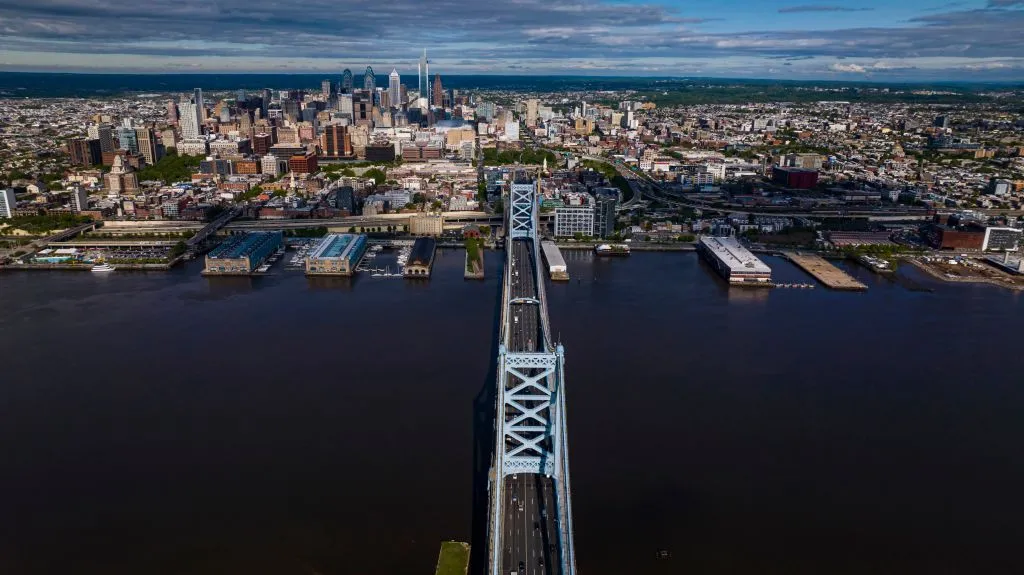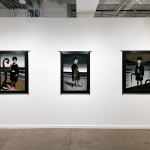
To receive Morning Links in your inbox every weekday, sign up for our Breakfast with ARTnews newsletter.
The Headlines
CHAPTER 11. The University of the Arts (UArts) in Philadelphia has filed for bankruptcy a few months after it abruptly closed this summer. The move came after the breakdown of talks to possibly merge with Temple University, reports the Philly Voice. The school is $50 million in debt to bondholders, and a court filing shows that the shuttered university’s assets and liabilities are valued up to $100 million. The Temple Uni merger had raised the possibility of preserving the school, but by the end of August, those hopes were dashed. “After an exhaustive effort by our internal and external team, we were unable to identify a solution that would be in the best interest of Temple’s community and mission,” reads a statement from Temple administrators. Over 330 former UArts students have enrolled at Temple since the summer, and in the same statement, the school said they were still exploring “opportunities with other non-profit organizations that might allow us to revitalize and activate the UArts’ facilities.”
WURST OF TIMES. New York’s Deli Gallery, acclaimed for spotting emerging talent, will close, joining the likes of Denny Gallery, JTT Gallery, and Queer Thoughts, who have also recently shut down in the city, reports ARTnews. It’s current show, a series of paintings by Jose de Jesus Rodriguez titled “Long-Winded,” is on view until September 28 and will be the gallery’s last. “Obviously, there are external market factors at play, but at the end of the day this felt like the right moment,” gallery founder Max Marshall told reporters. In other news of shut-downs, or more precisely, a “pause” in operations, UTA Fine Arts, the division of the Hollywood talent agency that tried to act as an agent for artists, is winding down – for now. UTA Artist Space also exhibited in their LA and Atlanta locations. A spokesperson told ARTnewsthe moratorium was prompted by the impending departure of its director, Arthur Lewis. Some artists said the UTA was nevertheless still representing them “in other parts of the agency.”
The Digest
A two-year-old program allowing refugees free entry to English cultural heritage sites is at the center of a political debate in the UK, following right-wing criticism. Philip Kiszely, who was a guest last week on GB News, complained that the initiative fed an “agenda” to decolonize the past and encouraged refugees to “learn how terrible we are.” [The Art Newspaper]
German photographer Candida Höfer has won the 2024 Käthe Kollwitz Prize in Berlin, worth $13,400. Berlin’s Akademie der Künste is hosting an exhibition of her work until November 24. [Artforum]
Chicago’s National Public Housing Museum is partnering with the Smithsonian and other organizations to host the “National Conversation on Race” from September 20-28 in Chicago, as part of a national Smithsonian series examining the history of racism. [The Chicago Sun Times]
The art and tech platform VIV Arts – which aims to connect experiential artists with collectors –is officially launching on October 8, with a three-day immersive art experience by artist Julian Charrière, titled Controlled Burn, at the Welsh Chapel during Frieze London. [Press release]
The Kicker
THE HAACKE OF IT. Artist Hans Haacke, 88, has been profiled by The New York Times about his “prophetic” art practice and life spent skewering the murky politics of high-profile museum backers, all the while creating a new form of art in the process. For example, in 1970, he asked MoMA’s visitorsto vote on whether then-governor Nelson Rockefeller’s tacit support of the Vietnam War and U S invasion of Cambodia would impact their decision to elect him. Rockefeller’s family helped found MoMA, and the governor’s brother was on the museum board. Calls to remove the piece were resisted, but Haake wasn’t invited back to the museum for years. Meanwhile, another 1971 piece by Haake for the Guggenheim Museum, in which he held a NYC landlord to task for rent gouging, was famously canceled. Today, Haacke “is still making curators and collectors clutch their pearls,” writes M.H. Miller. “With persistent clarity, he seemed to understand, half a century before anyone else, the stakes of the uncomfortable relationship between art and politics.” In November, a major, traveling retrospective of Haacke’s work will open at the Schirn Kunsthalle, Frankfurt, and he has work currently on view at Paula Cooper Gallery, NY. [New York Times]

